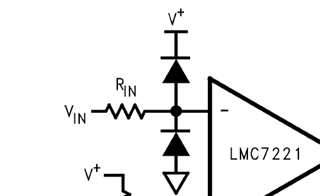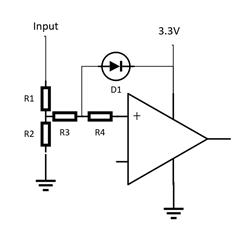Other Parts Discussed in Thread: STRIKE
We have a comparator that we use for a input detection and I would like to discuss on a call how to protect the input or if we need to. We have a divider that goes into the the positive input and I am wondering if that limiting the current through the resistors(~20k) and using the internal ESD diodes is enough?



